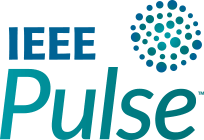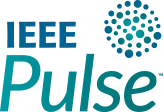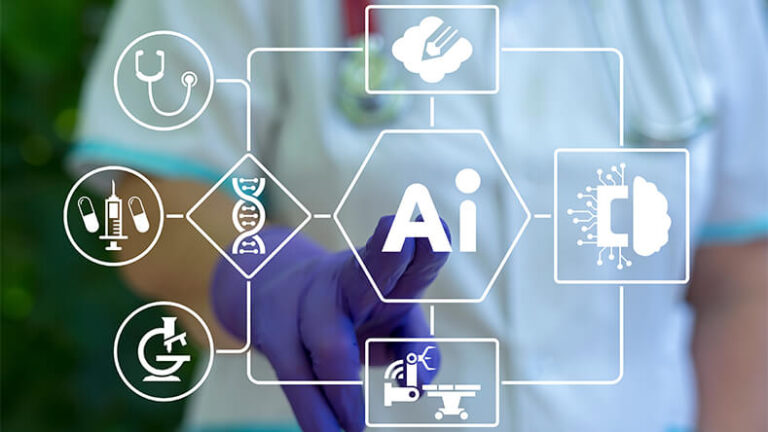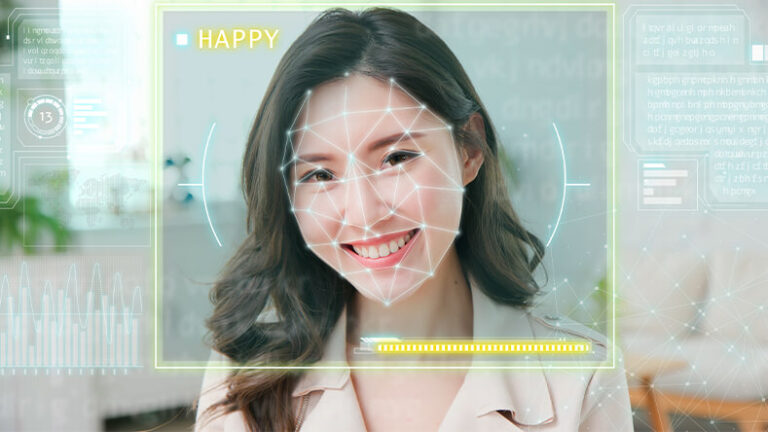Artificial Intelligence Aided Ethics in Frontier Research
https://www.embs.org/pulse/wp-content/uploads/sites/13/2023/11/6-Lantanda_AdobeStock_633552647.jpg
789
444
IEEE Pulse
//www.embs.org/pulse/wp-content/uploads/sites/13/2024/03/ieee-pulse-logo-dsktp2x.png
Emergent technologies are frequently demonized due to the fear of the unknown. The doubts and alarms are more often than not sparked by their own developers, in a secret wish to become the masters of such fears, and thereby increase their control and influence upon laymen
read more











